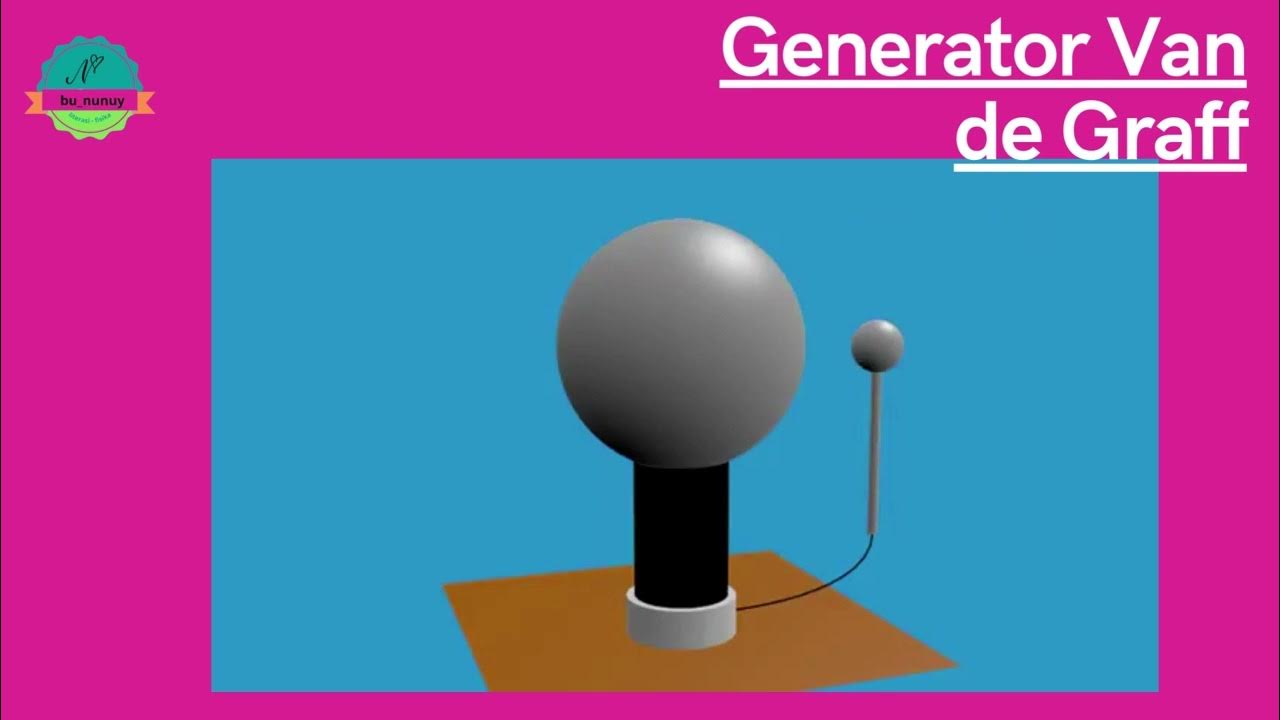⚡️ Listrik Statis vs Dinamis: Apa Bedanya?
Summary
TLDRThis video explores the fascinating world of electricity, distinguishing between static and dynamic types. It highlights the principles of static electricity through engaging experiments and explains the flow of dynamic electricity in circuits, emphasizing Ohm's Law and circuit configurations. The speaker discusses the sources of electrical energy, including renewable options, and their applications in daily life. With relatable examples and clear explanations, the video aims to enhance understanding of fundamental electrical concepts, making science accessible and engaging for all viewers.
Takeaways
- 😀 There are two types of electricity: static electricity, which remains still, and dynamic electricity, which flows.
- 😀 Static electricity can be demonstrated through simple experiments, such as using a plastic comb and small pieces of paper.
- 😀 Atoms consist of protons (positive charge), electrons (negative charge), and neutrons (neutral charge); their arrangement determines an object's charge.
- 😀 Opposite charges attract, while like charges repel each other, a principle that explains static electricity interactions.
- 😀 Coulomb's law describes the relationship between the distance of charged objects and the force of attraction or repulsion between them.
- 😀 Electrical impulses in the human body demonstrate that biological systems also exhibit electrical phenomena.
- 😀 Dynamic electricity involves the flow of electric charge, which can be harnessed to create electrical circuits.
- 😀 Conductors, insulators, and semiconductors have different properties affecting their ability to carry electric current.
- 😀 Ohm's law defines the relationship between voltage, current, and resistance in an electrical circuit.
- 😀 Power sources can be classified into AC (alternating current) and DC (direct current), with examples including generators and batteries.
Q & A
What is the main difference between static electricity and dynamic electricity?
-Static electricity involves charges that do not move, while dynamic electricity involves charges that flow, creating an electric current.
What experiment can demonstrate static electricity?
-Rubbing a plastic comb on your hair and then bringing it close to small pieces of paper can show how static electricity attracts objects.
How do particles within an atom contribute to electric charge?
-Atoms consist of protons (positive charge), electrons (negative charge), and neutrons (neutral). An excess of electrons makes an object negatively charged, while a deficit makes it positively charged.
What happens when two objects with different charges come close to each other?
-Objects with opposite charges attract each other, while objects with the same charge repel each other.
What is Coulomb's Law?
-Coulomb's Law states that the force between two charged objects is inversely proportional to the square of the distance between them and directly proportional to the product of their charges.
What is an electric field?
-An electric field is the region around a charged object where it can exert a force on other charges.
What does Ohm's Law state?
-Ohm's Law states that the current (I) flowing through a conductor between two points is directly proportional to the voltage (V) across the two points and inversely proportional to the resistance (R). It can be expressed as R = V/I.
What are the two types of electrical circuits discussed?
-The two types of circuits are series circuits, where the current flows in a single path, and parallel circuits, where the current can split into multiple paths.
What is the difference between AC and DC electricity?
-AC (Alternating Current) electricity changes direction periodically, while DC (Direct Current) electricity flows in one direction only.
Where does electrical energy typically come from?
-Electrical energy can come from various sources, including fossil fuels, renewable energy sources like solar, wind, and hydroelectric power.
Outlines

This section is available to paid users only. Please upgrade to access this part.
Upgrade NowMindmap

This section is available to paid users only. Please upgrade to access this part.
Upgrade NowKeywords

This section is available to paid users only. Please upgrade to access this part.
Upgrade NowHighlights

This section is available to paid users only. Please upgrade to access this part.
Upgrade NowTranscripts

This section is available to paid users only. Please upgrade to access this part.
Upgrade NowBrowse More Related Video

BAB 4 : LISTRIK, MAGNET, DAN SUMBER ENERGI ALTERNATIF | Part 2 : LISTRIK DINAMIS | IPA Kelas 9 Kumer

FISIKA Kelas 9 - Listrik Statis | GIA Academy

Eduscribe : Fisika (Listrik Statis) Part 1

LISTRIK STATIS

OOP #2: Paradigma Berorientasi Benda - Instance, Type, Variables

LISTRIK STATIS PART 1 | MUATAN LISTRIK
5.0 / 5 (0 votes)